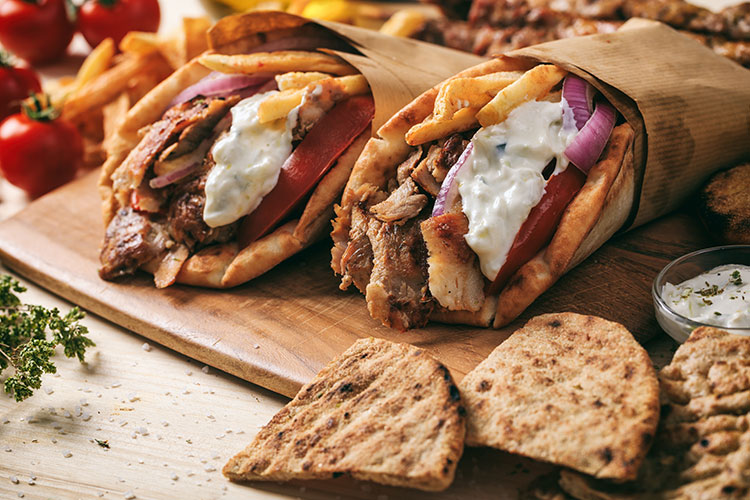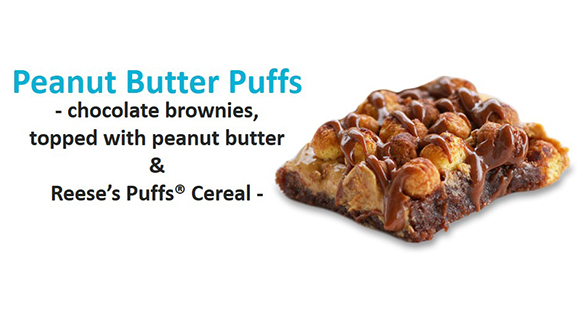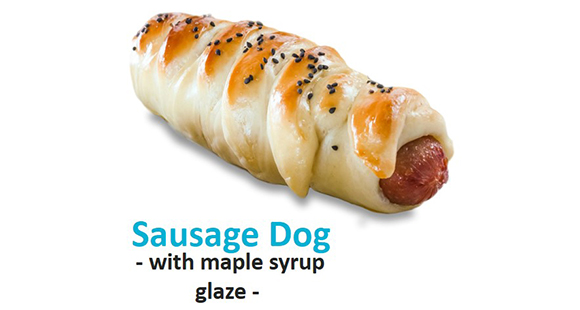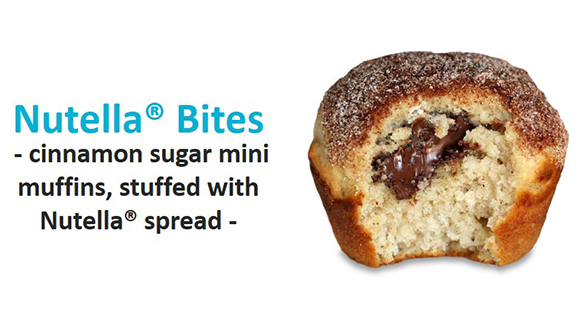It’s not hard to identify many of the trends dominating the food world today: convenience, premiumization, ethnic flavors, healthfulness, clean label, artisan, adventurous experiences.
What’s less clear is how to turn those trends into actual products that people will enjoy — and that meet the cost, quality, shelf life and other requirements of the companies that make them.
Take convenience. On-the-go Americans are increasingly looking to replace one or more meals a day with snacks. Single-serve and grab-and-go products continue to proliferate in an effort to meet demand in the $33 billion snack category.
Lenexa, Kansas-based Corbion is well-positioned to help its bakery industry customers create products that tap into that trend, says JoAnn Rupp, Corbion’s Global Market Insights Manager.
Growing demand for premium, indulgent and artisan products, meanwhile, is another trend Corbion is helping customers take advantage of, Rupp says.
“Consumers are seeking out products that provide them with memorable and exciting eating experiences. This can be through unique or multisensory product attributes or ethnic-inspired products that allow them to experience other cultures and flavors.”
75% of global consumers enjoy experimenting with products from different countries.
Healthful, ethnic: trends with staying power
One of the most dominant food trends in recent years — and one that shows no signs of slowing — is people’s ambition to eat more healthfully.
Nearly 85% of global consumers are seeking food or drink products to improve their physical performance, energy or stamina, 44% are increasing their consumption of fiber and 90% say that products that are naturally high in fiber are more appealing than other products.
“We see endless opportunities for bakery manufacturers to capitalize on the growing health and wellness trend,” Rupp says.
Like health and wellness, interest in ethnic flavors and cuisine is trend that appears to have staying power. According to Rupp, more adventurous consumers are increasingly turning to ethnic foods to satisfy their culinary curiosity, moving out of their comfort zones to explore bolder flavors and multisensory food experiences.
Products with a purpose
For more and more Americans — particularly younger ones — it’s not enough that the foods they buy taste great, stay fresh and are priced right. They also want the companies that make them to share their values.
Nearly two-thirds of consumers, for example, expect companies to invest in sustainability efforts, and 80% say they’re more likely to buy from brands that are honest and transparent about how and where products are produced.
“Communicating transparency not only helps evoke trust and authenticity with consumers, but it can also help ensure labeling compliance of products and services.”
JoAnn Rupp, Corbion’s Global Market Insights Manager
A few areas where Corbion sees opportunities to capitalize on this trend include:
- Incorporating ingredients that are easy to understand or that consumers would be likely to find in their own kitchen cabinets, while maintaining product functionality
- Using “newer” terms like “clean,” “real” and “simple” alongside established clean-label claims like “no additives or preservatives”
- Adding front-of-pack claims indicating ethical and conscious ways of producing environmentally friendly products
- Using environmentally-friendly or sustainable packaging that doesn’t compromise product quality, consistency or freshness
Good bakers are driven by the need to constantly meet the evolving needs of their customers. But bakers also have to meet their own needs, particularly at a time when it’s become increasingly challenging for them to find time-saving ways to control product quality and freshness.
Those needs include solutions for consistency, convenience, cleaner labels and waste reduction. Quality ingredients, reliable process and ease of use, skillful employees and proper equipment also rank among the most mentioned “must haves.”
Corbion is there to help, Rupp says, with easy-to-use bakery blends and other pre-mixed ingredients that save bakers time at the bowl while ensuring product quality and consistency. Some examples of applications featuring pre-made mixes or time-saving ingredients include:
- Peanut Butter Puffs made from chocolate brownies, peanut butter and Reese’s Puffs Cereal
- Sausage Dog, which combines a pre-cooked sausage or meat item with a baked good and can easily be jazzed up by topping with a pre-made maple syrup glaze
- Nutella Bites made from cinnamon sugar mini muffins and stuffed with pre-made Nutella spread





